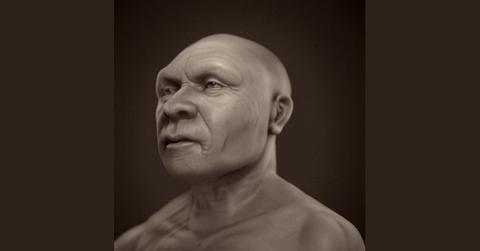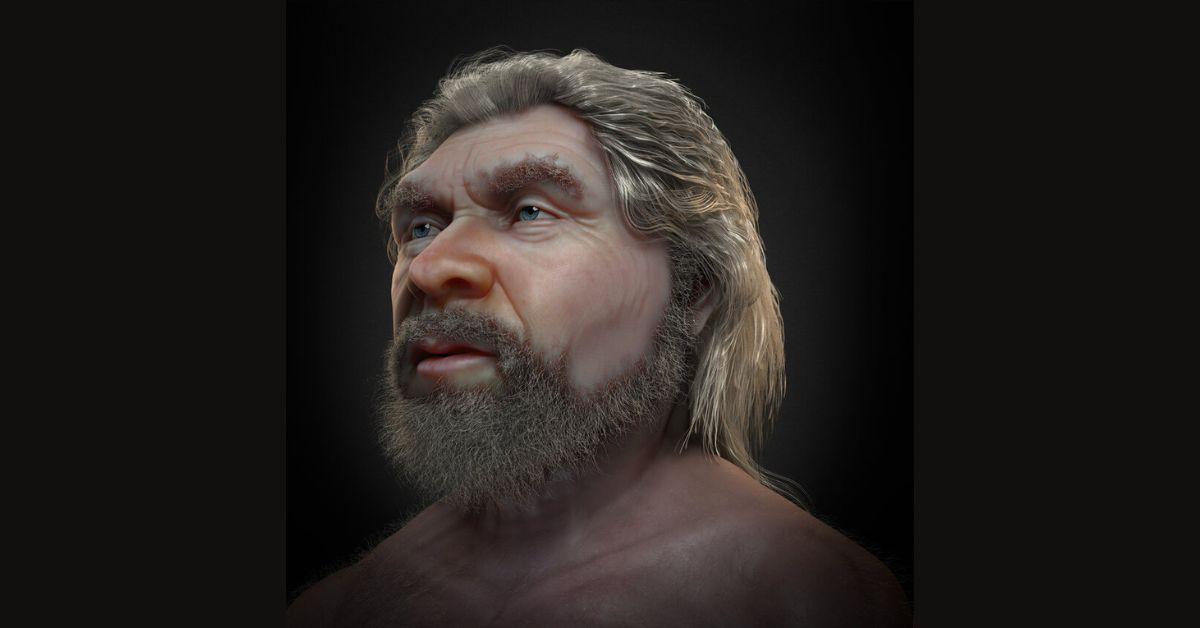Neanderthal Gets a Digital Makeover — and They Looked More Like Humans Than Originally Thought

New digitalized photos of a Neanderthal man from 56,000 years ago show that they had unexpectedly softer features than previously thought.
New digitalized photos of a Neanderthal man who lived around 56,000 years ago show that individuals of the now-extinct phase in human evolution may have had unexpectedly softer features than previously thought.
Knewz.com reported that digitalized images created by a research team were presented at an Italian conference in October.
Brazilian graphics expert Cícero Moraes and his team used the skeletal remains of the Neanderthal man that were discovered inside a cave in La Chapelle-aux-Saints, a cave in south-central France, in 1908.
More precisely, the rendering process used an existing CT scan of the skull of this individual, who is thought to have been older than 60 years of age when he died. Since the nearly complete skeleton lacked several teeth, this Neanderthal specimen was given the nickname "old man," according to Live Science.
University of Texas-Austin’s Department of Anthropology notes the "old man" was suffering from "severe periodontal disease and joint degeneration or arthritis."
"The adult male cranium displays many 'classic' Neanderthal traits, including a large, continuous brow ridge; a broad nasal aperture; a long and egg-shaped foramen magnum; a relatively flat cranial base (vs. modern humans); small mastoid processes; a long and low cranium; and large orbits," the department website, eFossils.org, notes.

Researchers previously discovered that Neanderthals carried three viruses that still affect humans today.
Neanderthals lived sometime between 47,000 and 56,000 years ago and went extinct around 40,000 years ago. The results of the recreation of the face of the La Chapelle-aux-Saints skeleton have been released in a study entitled A New Facial Approximation for the Man of La Chapelle-Aux-Saints 1.
In order to get the framework of the face, Moraes used measurements of the facial structure from the skull and compared it to the measurements of a human skull pulled from a database of donors, Live Science reported.
The artists involved in the project then used soft-tissue thickness markers in living human donors to digitally build the Neanderthal man's skin and muscles. They then enhanced it to make it more lifelike by adding details such as color to the skin and hair. However, it is unclear from the research whether these were based on DNA evidence.
"We generated two images, one more objective with just the bust in sepia tone without hair and another more speculative [and] colorful with a beard and hair," said Moraes.
"This image shows how Neanderthals were similar to us, but at the same time they were different, with more obvious peculiarities such as the absence of a chin, for example. Even so, it is impossible not to look at the image and try to imagine what that individual's life was like, thousands of years ago," Moraes said.
This rendition of the face of a Neanderthal man is quite different from the artists' depictions found earlier because it was crafted digitally based on the CT scan of the original skull.
Never miss a story — sign up for the Front Page Detectives newsletter. Be on the scene the moment news breaks.
As a result, this one bears some resemblance to modern-day humans, whereas previous facial approximations show exaggeratedly ape-like features.
"If one carefully observes the approximations offered over the years, spanning almost over one century, it can be seen how the facial traits of this Neanderthal man have been softened and 'humanized,' abandoning a more brutal perception or interpretation of it, which characterized the idea past anthropologists once had of Neanderthals," said Francesco Galassi, an associate professor of physical anthropology at the University of Lodz in Poland, and the co-author of this study.
Become a Front Page Detective
Sign up to receive breaking
Front Page Detectives
news and exclusive investigations.
